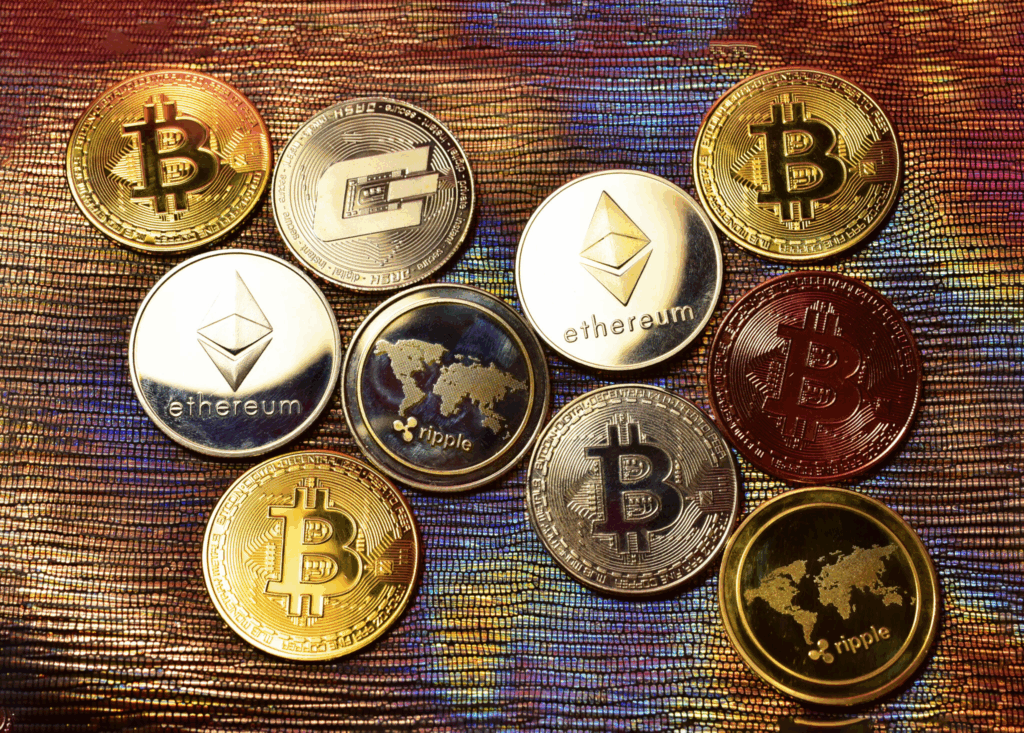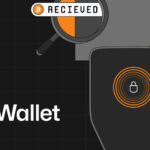In this article, I will discuss the Pros and Cons of Bridging Your Tokens. As more people participate in multi-chain ecosystems, bridging tokens has become a popular way of transferring assets between blockchains.
Although it has definite advantages, like wider access and lower costs, it comes with its own risks as well. Assessing both sides is crucial to using any cross-chain bridge.
What Is Bridging Token?
Bridging a token is the movement of cryptocurrency from one blockchain to another using a cross-chain bridge. Blockchains are self-sufficient systems, so tokens can only be transferred by locking the original asset on one chain and then minting a wrapped version on a second chain.

This helps users access multiple blockchain ecosystems and dApps while lowering transaction fees. While token bridging seeks to enhance interoperability, doing so comes at the risk of smart contract vulnerabilities and potential centralization.
Pros and Cons of Bridging Your Tokens

Pros
Access to Multiple Blockchains: Interact with ecosystems like Ethereum and BNB Chain or Polygon.
Lower Fees: More affordable gas fees make it easier to save on transactions.
Increased Token Utility: Unlockable use cases include DeFi, staking, and NFT platforms.
Portfolio Diversification: Better risk management by spreading assets across chains.
Enhanced Liquidity Opportunities: Join liquidity pools or DEXs not available on the native chain.
Cons
Smart Contract Risks: Risks of funding loss through hacks caused by vulnerabilities within bridge protocols.
Centralization Issues: Use of centralized custodians or validators for bridging tokens cause issues.
Transaction Delays or Failures: Transfers between chains can take a while during times of high congestion.
Loss of Token Functionality: Tokens that are wrapped may lose features or uses on the new chain.
Complex User Experience: Multiple chains require better strategy and risk management.
Tips Before Bridging Your Tokens
Research the Bridge
Look for bridge protocols that have been audited and come highly recommended.
Check Compatibility
Check if the wallet and token are compatible with both blockchains.
Understand the Fees
Check gas fees, and bridge fees, and estimate slippage ahead of time.
Start Small
Begin with small amounts to mitigate risk in case something goes wrong.
Verify Network Settings
Make sure your wallet is set to the appropriate networks to do the bridge.
Beware of Scams
Stick to official pages for bridges and risk getting lost in unverified or suspicious ones.
Do Not Overestimate Timeframes
Confirmations and processing times may take longer than expected, especially when the network is busy.
Track Progress
Utilize blockchain explorers and bridge dashboards to check the progress of the transfer.
Wrapped Tokens
Be aware that what you may receive could be a wrapped or synthetic version of your token.
Stay Eligible
Check and follow the respective project given policy rules concerning maintenance, updates, or alert breaches.
Risk & Considerations

Smart Contract Vulnerabilities
With a bridge’s smart contract bugs, token loss can be accrued for many users.
Centralization Risk
Users are exposed to censorship and manipulation due to some bridges relying on trusted third parties.
Wrapped Token Risk
Often, bridged tokens are representations of value and utility that may not truly exist.
Transaction Failures
A bridge may face downtimes, incorrect user inputs, or even network congestion leading to downtimes.
Limited Customer Support
Users with issues find themselves helpless, as resolution paths are minimal due to limited support.
Token Slippage and Fees
Due to network fees and slippage, users end up with a lesser amount than expected.
Phishing and Fake Bridges
Always note the official URL of bridges, as many scam sites impersonate real bridges.
Conclusion
Bridging your tokens has the potential to unlock powerful benefits such as lower fees, greater access to DeFi and dApps, and even utility across different chains. With all these advantages however, there are notable risks.
These include smart contract risks, centralization, and complicated asset management across several chains. It is important to carefully evaluate the advantages and disadvantages, take the right precautions, and do extensive research before bridging.
When executed properly, token bridging can provide tremendous value to the user’s crypto journey—but only when the user understands the system and manages their risks wisely.
FAQs
What does it mean to bridge a token?
Bridging a token means transferring it from one blockchain to another using a cross-chain bridge. It involves locking the original token and issuing a wrapped version on the target chain.
Why would I bridge my tokens?
To access dApps on other chains, take advantage of lower fees, increase token utility, or diversify your crypto strategy.
Is bridging crypto safe?
Bridging can be safe if done via reputable platforms, but risks exist—like smart contract bugs, hacks, and centralization.








